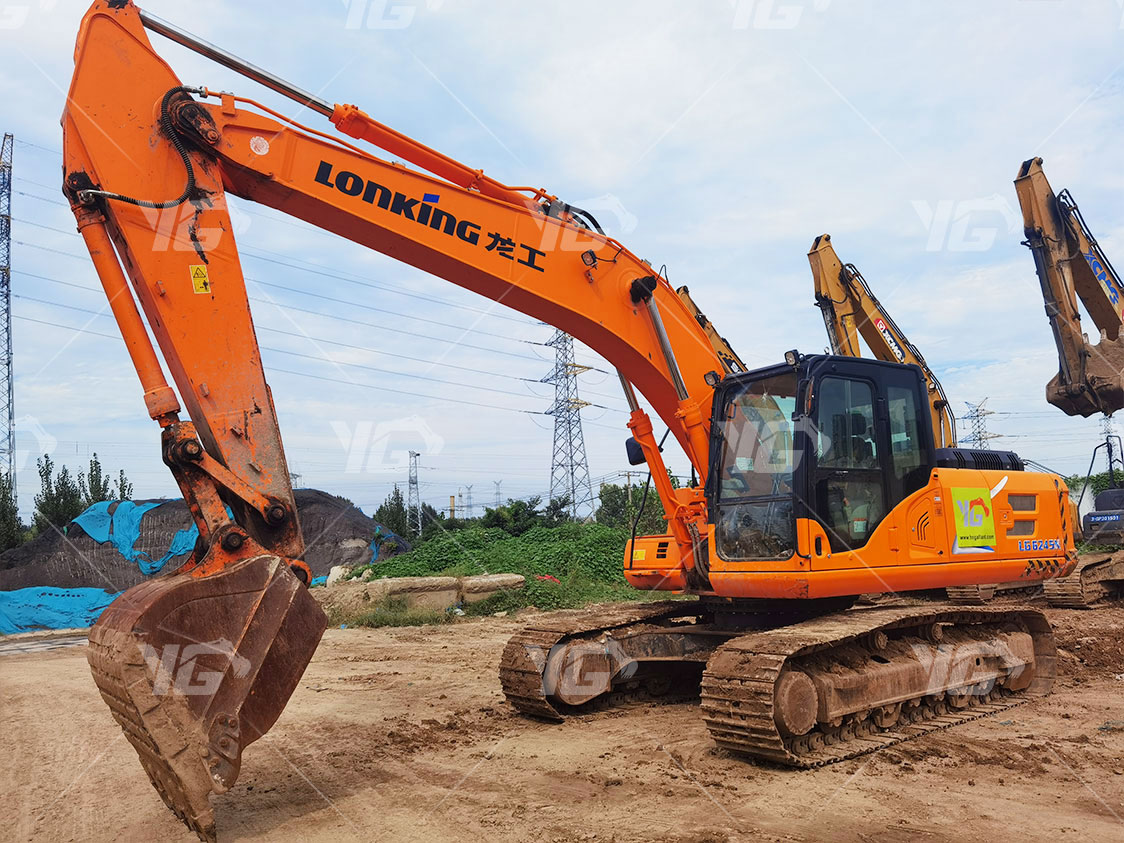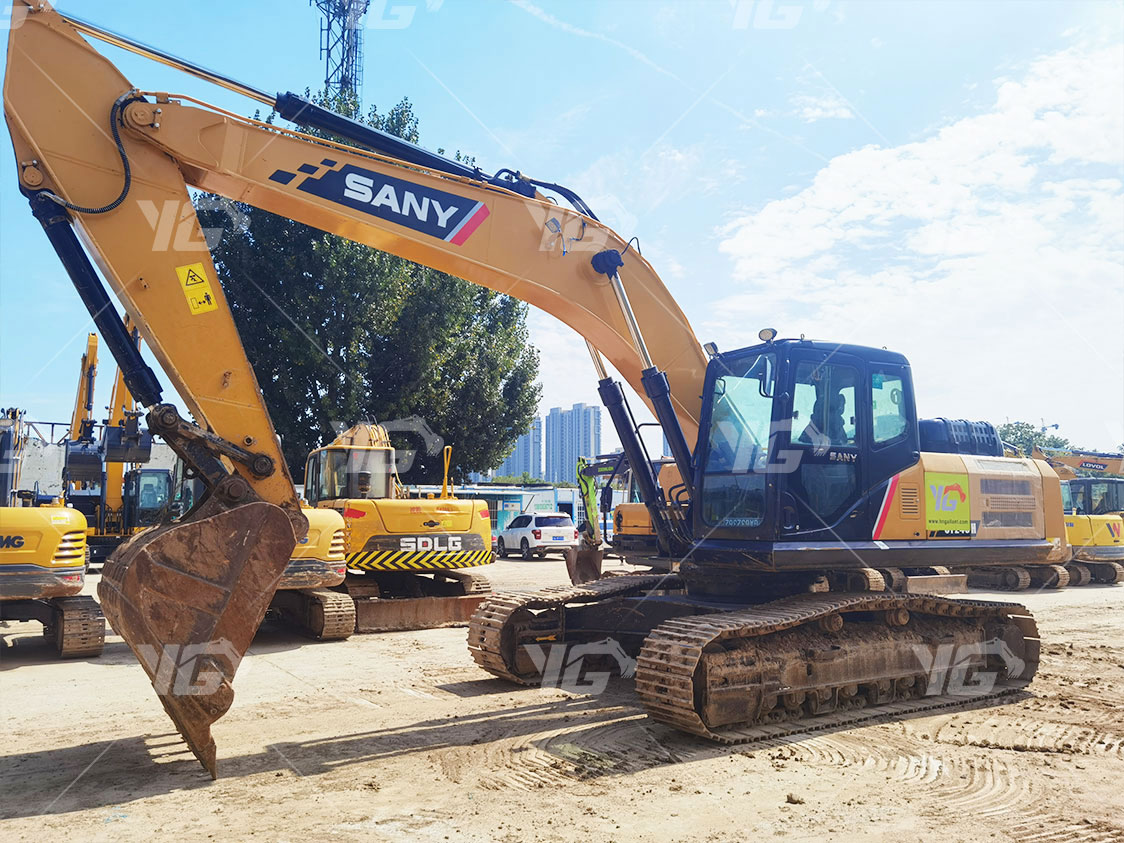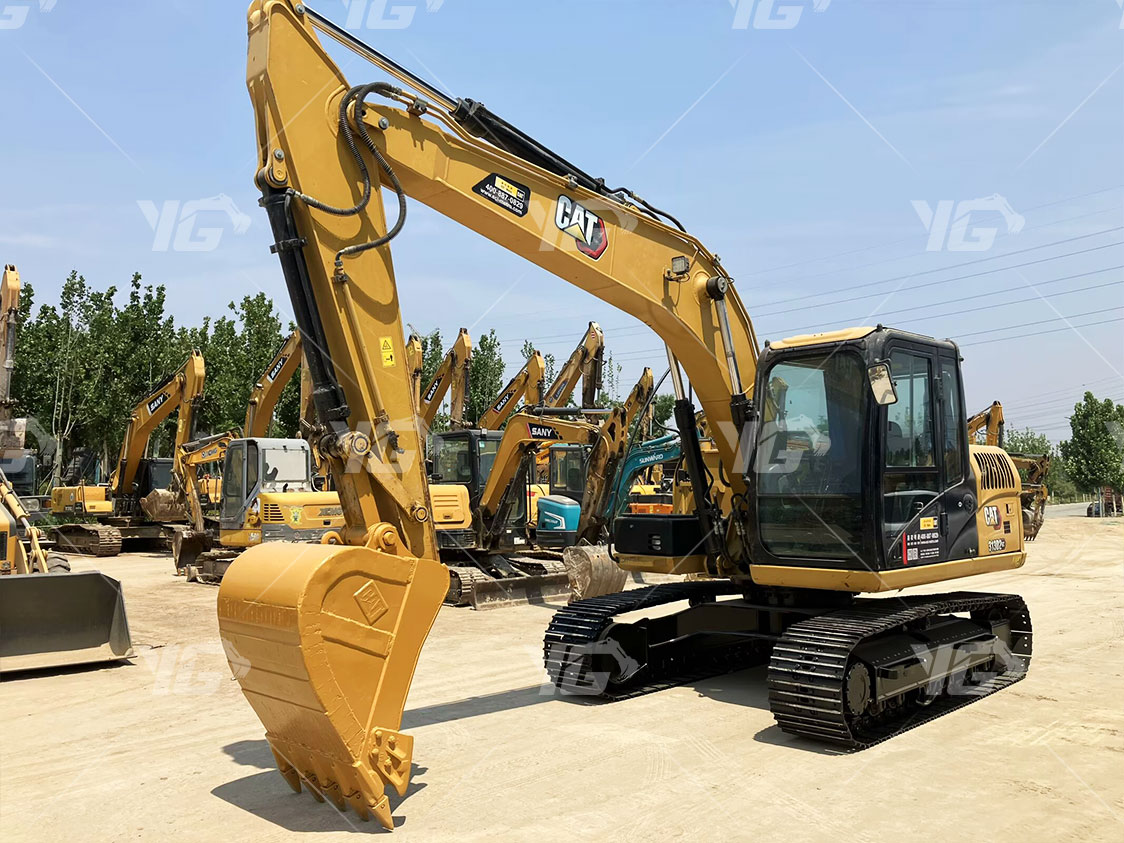How to choose an excavator? Four suggestions for choosing an excavator
Judging from the development of construction machinery in recent years, the development of excavators is relatively fast. As one of the most important types of construction machinery in engineering construction, the correct selection of excavators becomes more important.
According to the situation of the engineering unit
1 Project scale
Large-scale earthwork projects and medium-sized open-pit mining projects should be divided into specifications, models and quantities of hydraulic excavators by design institutes or relevant experts according to various factors such as investment scale and supporting equipment. For general small and medium-sized projects, such as road maintenance and farmland water conservancy, ordinary excavators are enough. For example, the widely used 20-25t excavator can meet the needs of the project.

2 Project Supporting Conditions
When purchasing an excavator, you should consider the compatibility with your existing equipment, including the matching of the excavator's operating efficiency with the operating efficiency of existing equipment. For example, although a small excavator is low in price, it is not compatible with a large dump truck, which is equivalent to "a small horse pulling a big cart". Similarly, unnecessary waste caused by "a big horse pulling a small cart" should be avoided.
3. Current funding situation
Users should be aware of the benefits of buying an excavator. If they can get a project, they can quickly recoup the cost. However, when making a choice, they can consider a variety of purchase methods, installment payments, bank mortgages, lease purchases and other options based on their financial situation. If funds permit, they can optimize their equipment structure to improve their competitiveness in contracting large-scale engineering projects.

4. Working conditions and construction fluidity
The working conditions and the fluidity of the construction directly affect the selection of the excavator's traveling structure and working device.
(1) Things to note when selecting the travel part
The walking part of the excavator can be divided into three categories according to the walking mode, crawler type, tire type and pontoon type. Crawler excavators have a wide range of uses, so there are relatively more of them. They are characterized by large traction, low ground pressure (generally 0.04-0.15MPa), good stability, good off-road performance and climbing performance, and are more suitable for construction under harsh working conditions. According to the ground conditions, standard crawler excavators are generally selected; if the bearing capacity of the working ground is strong and the ground is uneven, narrow crawler plate type excavators are selected; if the bearing capacity of the working ground is poor and the soil is loose, extended crawler and widened crawler plate type excavators are selected; if the project is constructed in swamps, swamp-specific crawler plate type excavators should be selected.However, it should be noted that the longer the track is, the better it is. If the track is too long or too wide, it will accelerate wear, and the supporting wheels, guide wheels and drive wheels will also be subjected to frequent external impacts and reach the end of their service life prematurely; similarly, if the track is too short and the track is too narrow, the excavator will be damaged prematurely if it is used under unsuitable conditions. Tire-type and pontoon-type excavators are relatively less used. Tire-type excavators are characterized by high transmission efficiency, fast travel speed, good maneuverability, and good mobility. They are generally used in places where the working conditions are good and the construction site is frequently moved. Pontoon-type excavators are generally used to clean up silt deposits in riverbeds, rivers, lakes, etc.

(2) Things to note when selecting the working device
Generally speaking, the working device of an excavator includes a boom, a dipper stick, a bucket, and related oil cylinders and hydraulic lines. Since the working device of an excavator is relatively easy to replace, the corresponding working device can be replaced according to different working occasions to meet the use needs of various working conditions. For example, the entire working device can be equipped with an extended arm (both the boom and the dipper stick are extended, and the bucket capacity is reduced), so that the excavation range of the excavator is increased, which is particularly suitable for river dredging projects. When dredging, it is only necessary to work on the river beaches on both sides of the river.Mining rock excavators with high working intensity need to be equipped with reinforced and thickened boom arms to cope with harsh working conditions. To ensure the smooth completion of the project, as for the bucket, according to different excavation conditions, you can also choose a standard bucket for general working conditions, an enlarged bucket for soft earth, a rock bucket for rock working conditions, and a dredging bucket for dredging.








